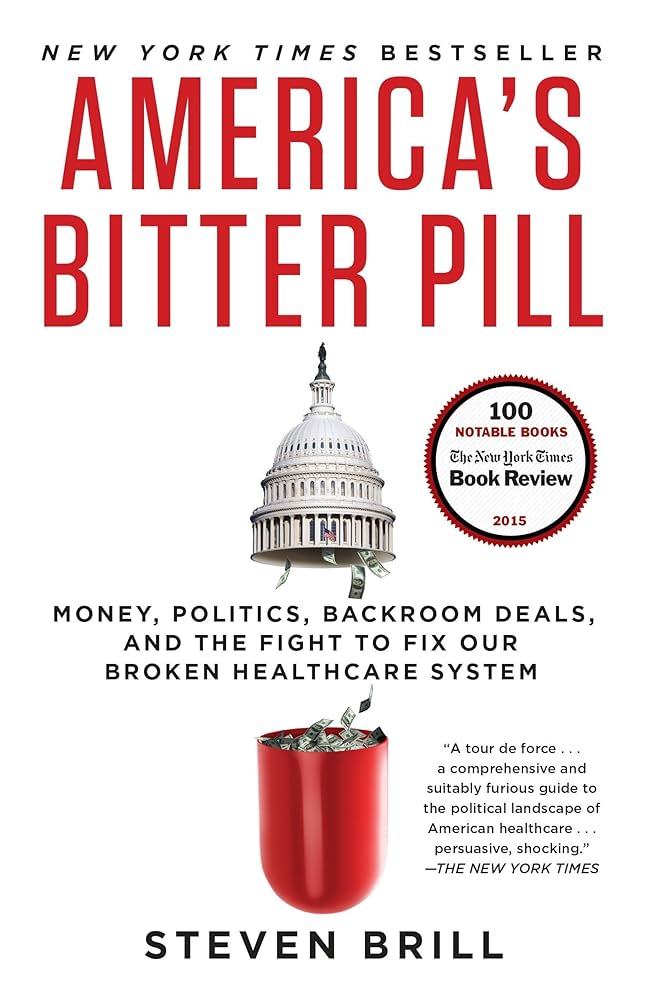
Monopolies thrive on control. In U.S. health care, that control is quietly breaking the system from within. Today, a small group of supplier-funded entities, including GPOs, PBMs, EHRs, MMIS vendors, and EDI platforms, dictate costs, suppress innovation, and hoard the data that hospitals need to operate effectively.
If we want real health care reform, we must start with monopoly reform.
1. Skyrocketing costs driven by opaque contracts. When a handful of players dominate the health care ecosystem, they set the terms, and everyone else pays. Hospitals routinely pay two to ten times more for identical items than their peers due to a lack of transparency into contracts, pricing, and functional equivalents. Even technology vendors face soaring access fees and “preferred partner” markups just to stay in the game.
The cost rolls downhill to patients, employers, families, and Medicare. The U.S. spends nearly twice as much per capita on health care as other developed nations, and monopolies are a major reason why.
2. Suppressed innovation and legacy tech lock-in. Monopolies don’t reward innovation. They punish it. Hospitals are stuck with outdated tech stacks and EHRs that haven’t evolved in a decade. Switching often means steep penalties, technical “lockouts,” or even blacklisting.
The innovation pipeline is rigged. Many platforms only gain traction because they pay six-figure fees to monopolies just to be “recommended.” That’s not reform. That’s a pay-to-play racket. Innovation is being stomped out at an alarming rate.
3. Data silos. The most valuable asset in health care today is data, and monopolies are hoarding it. Major platforms block third-party access, charge excessive interoperability fees, and bury performance metrics in legalese. Meanwhile, they quietly sell usage and outcome data behind the scenes.
Hospitals are flying blind, without access to benchmark pricing, recall history, or functional equivalents. Transparency and accountability are impossible without independent data.
4. Favoritism over performance. Procurement decisions should be based on data, not relationships. But that’s not the system we have. Golf course relationships truly affect patient safety in America. Rebates, incentives, and GPO “preferred” status often outweigh real-world product performance. Some of the most frequently recalled devices remain under contract because the relationships are too profitable to cut.
Hospitals continue to overpay for underperforming products while patients are left with the consequences.
5. Systemic risk to patient safety. Overdependence on monopolies is a safety issue, not just a financial one. During COVID-19, centralized sourcing models collapsed. PPE, ventilator parts, and other critical supplies vanished overnight.
A monopoly failure in health care means real-world delays, risks, and even lost lives. A diverse, transparent, and sustainable supply chain is essential to protecting patient safety.
The real crisis in health care isn’t cost. It’s control.
Hospitals have tolerated monopolistic control for too long, and every year, it gets more expensive. We are literally feeding the monopolies that are starving the health care system. The same companies that inflate costs and suppress competition are also the ones hospitals continue to fund.
Enough.
Hospitals hold the ultimate power in the health care economy: the power to choose the best products and technologies; the power to invest in companies that aren’t supplier or GPO funded; the power to say no to the monopolies that control your pricing.
It’s time to stop feeding the monopolies and start building an ecosystem that values transparency, data independence, patient safety, and sustainable innovation.
If we want to change health care, we must stop tolerating the very companies that control it.